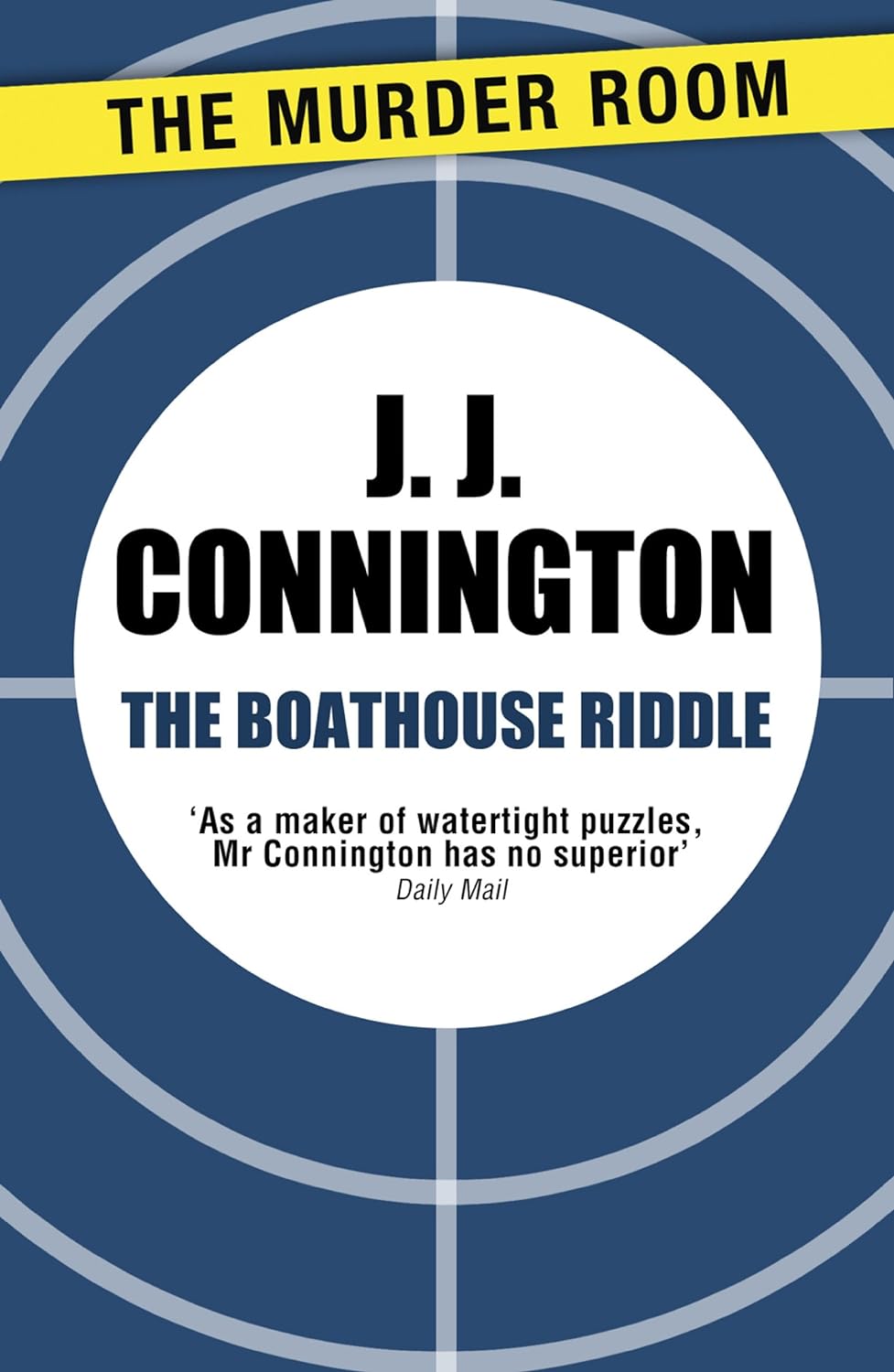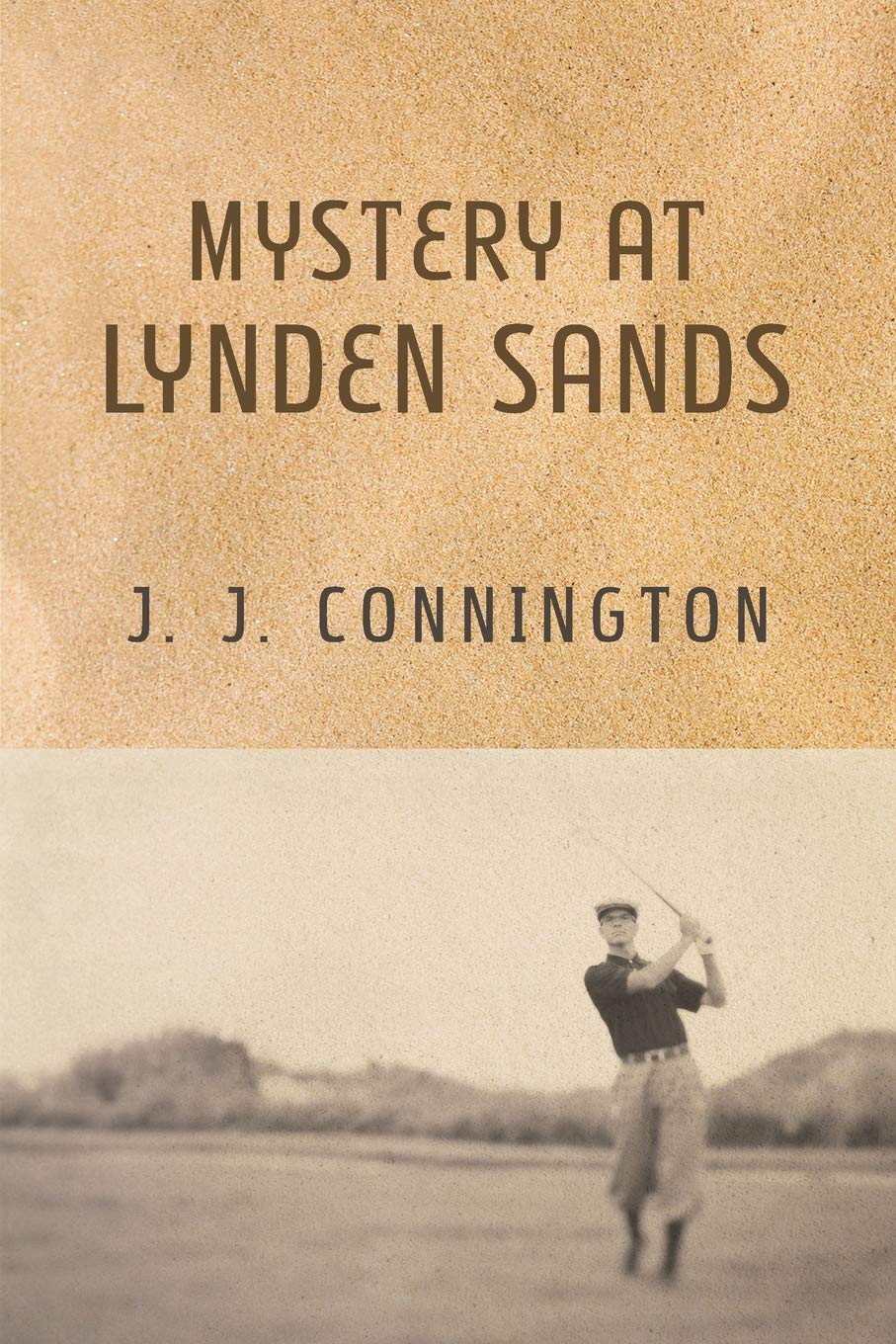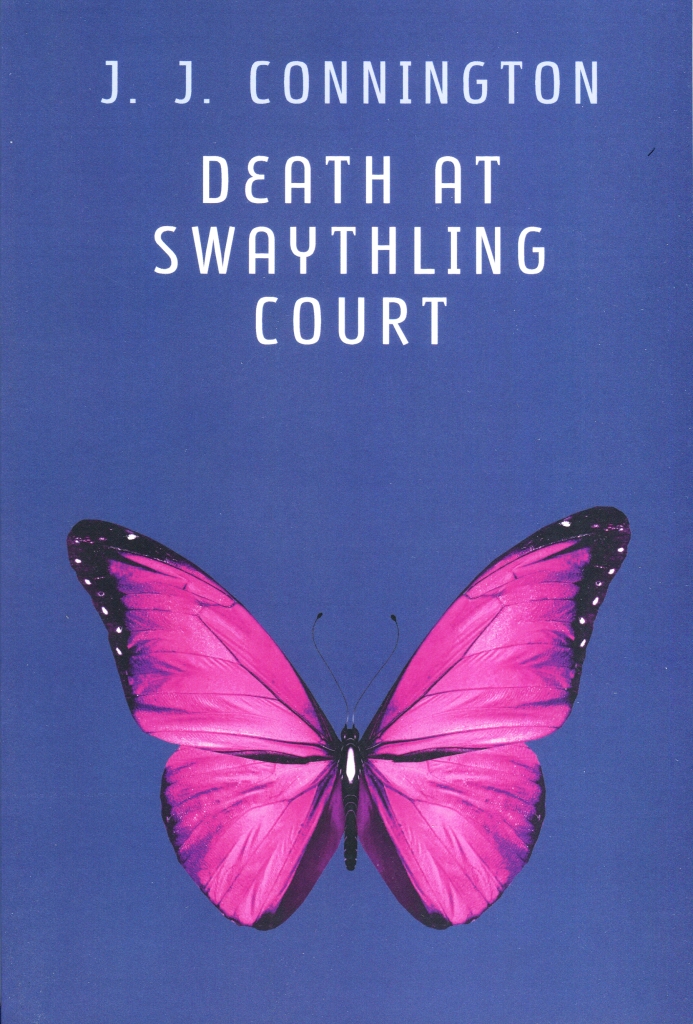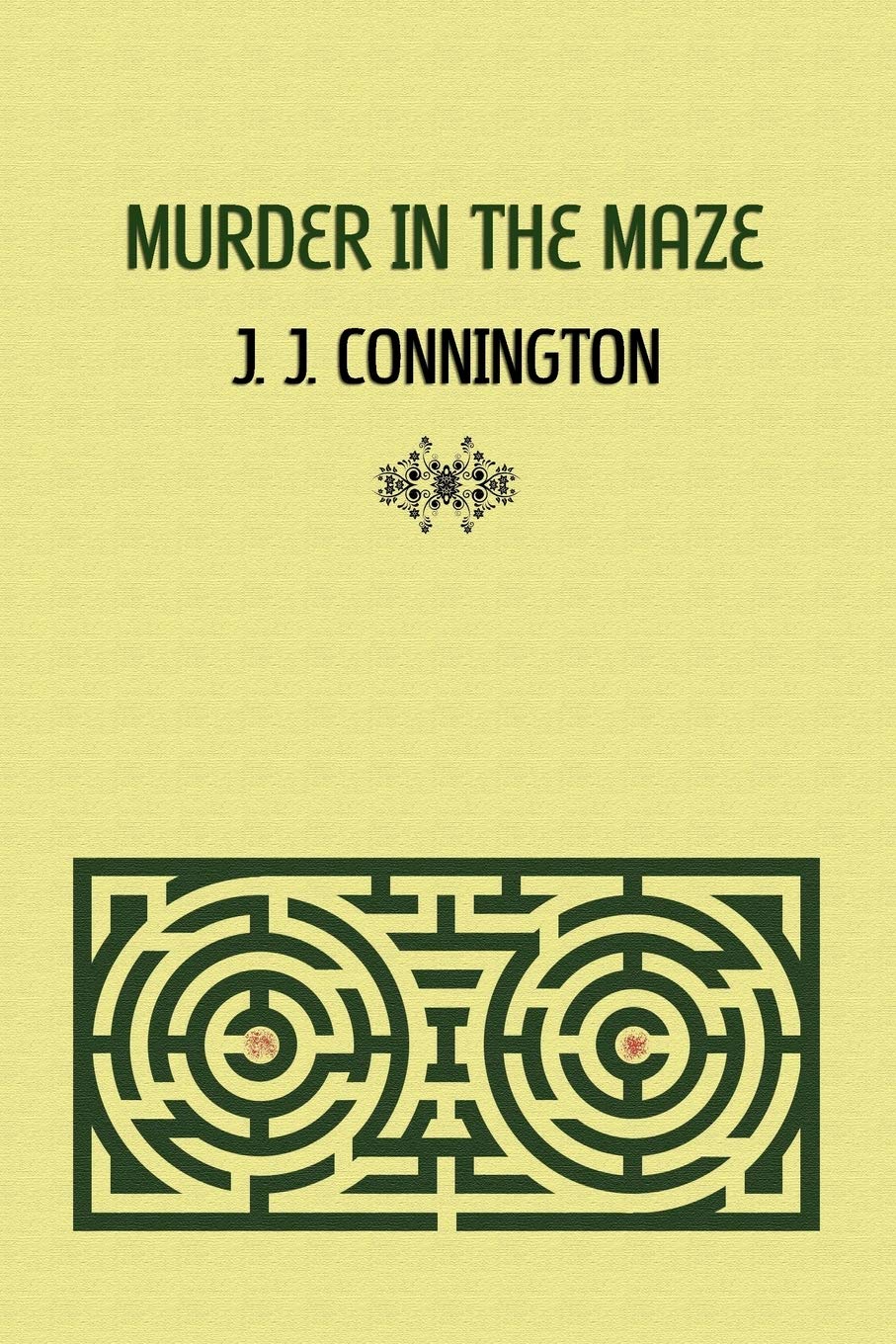
![]()
![]()
![]()
![]()
![]()
Perhaps sensing limitations in the character after five novels, J.J. Connington seemed to retire Chief Constable Sir Clinton Driffield following Nemesis at Raynham Parva (1929) and wrote two novels of diverging quality featuring the bland Superintendent Ross. But, with Ross possibly not finding traction in either his creator’s mind or in that of the reading public, The Boathouse Riddle (1931) sees the return of Sir Clinton, large as life and unknowable as ever, as a murdered groundskeeper interrupts his holiday on the estate of his friend ‘Squire’ Wendover. And so, with nary a sigh, our detective rolls up his sleeves and gets to work…








